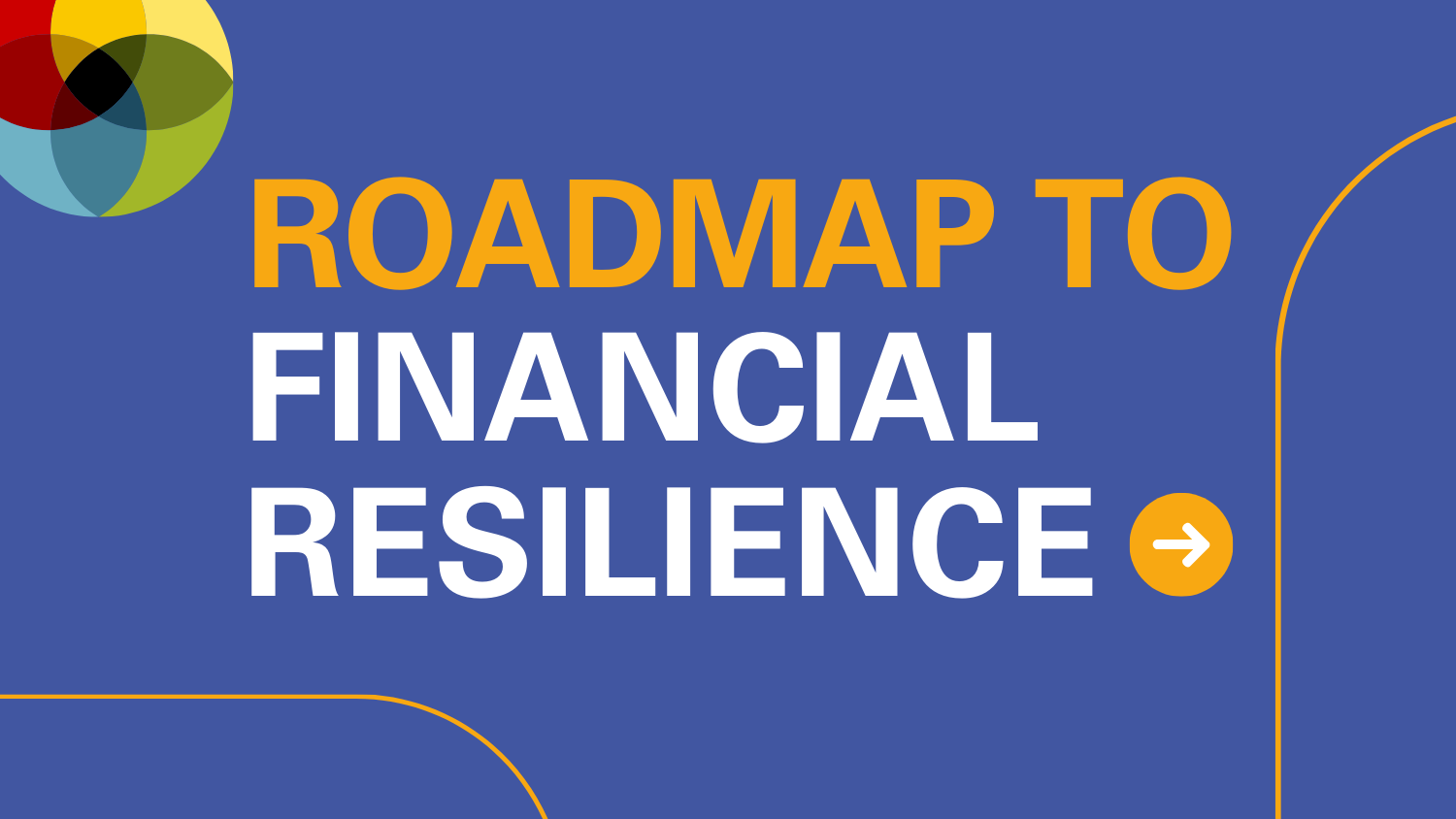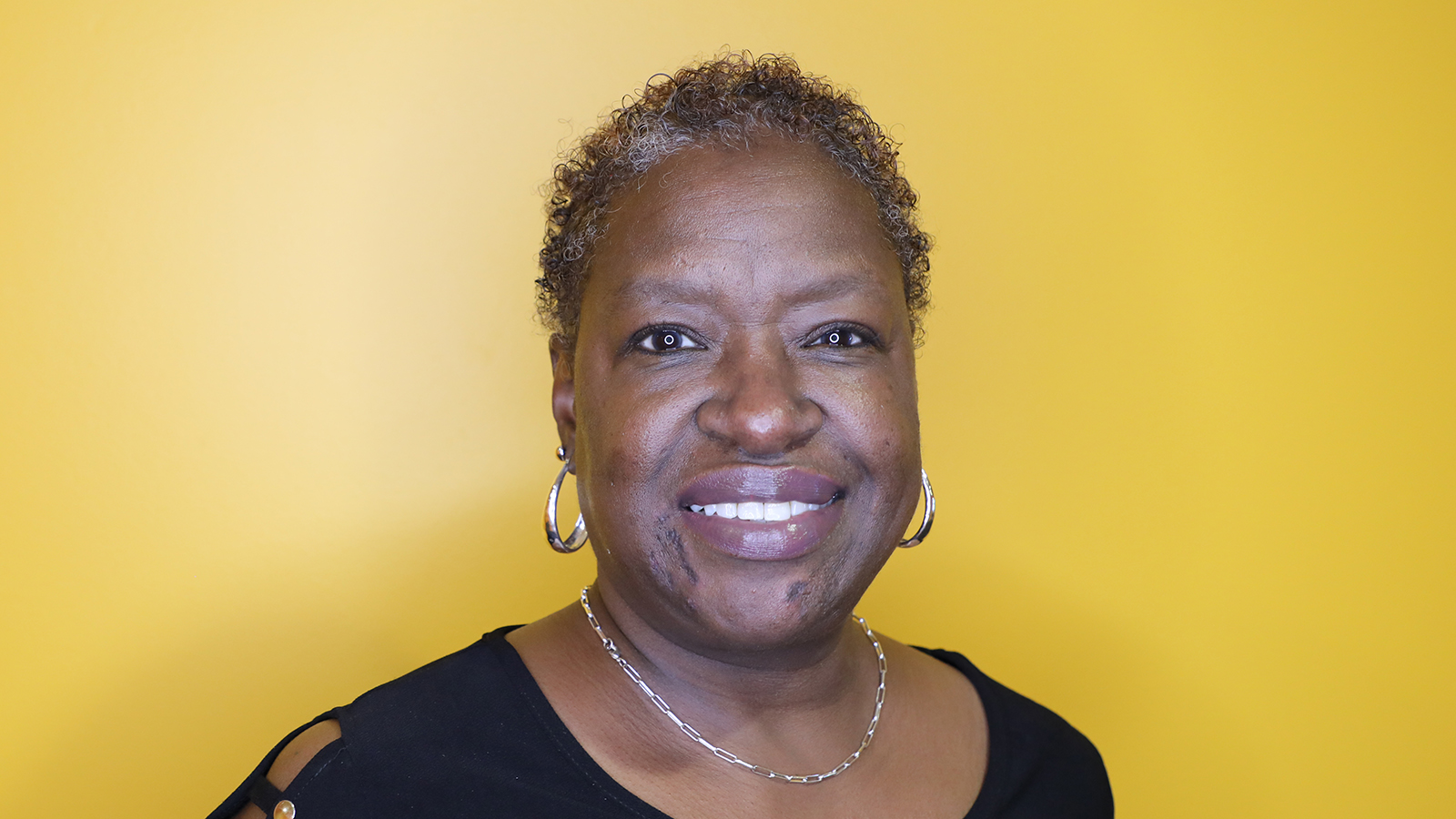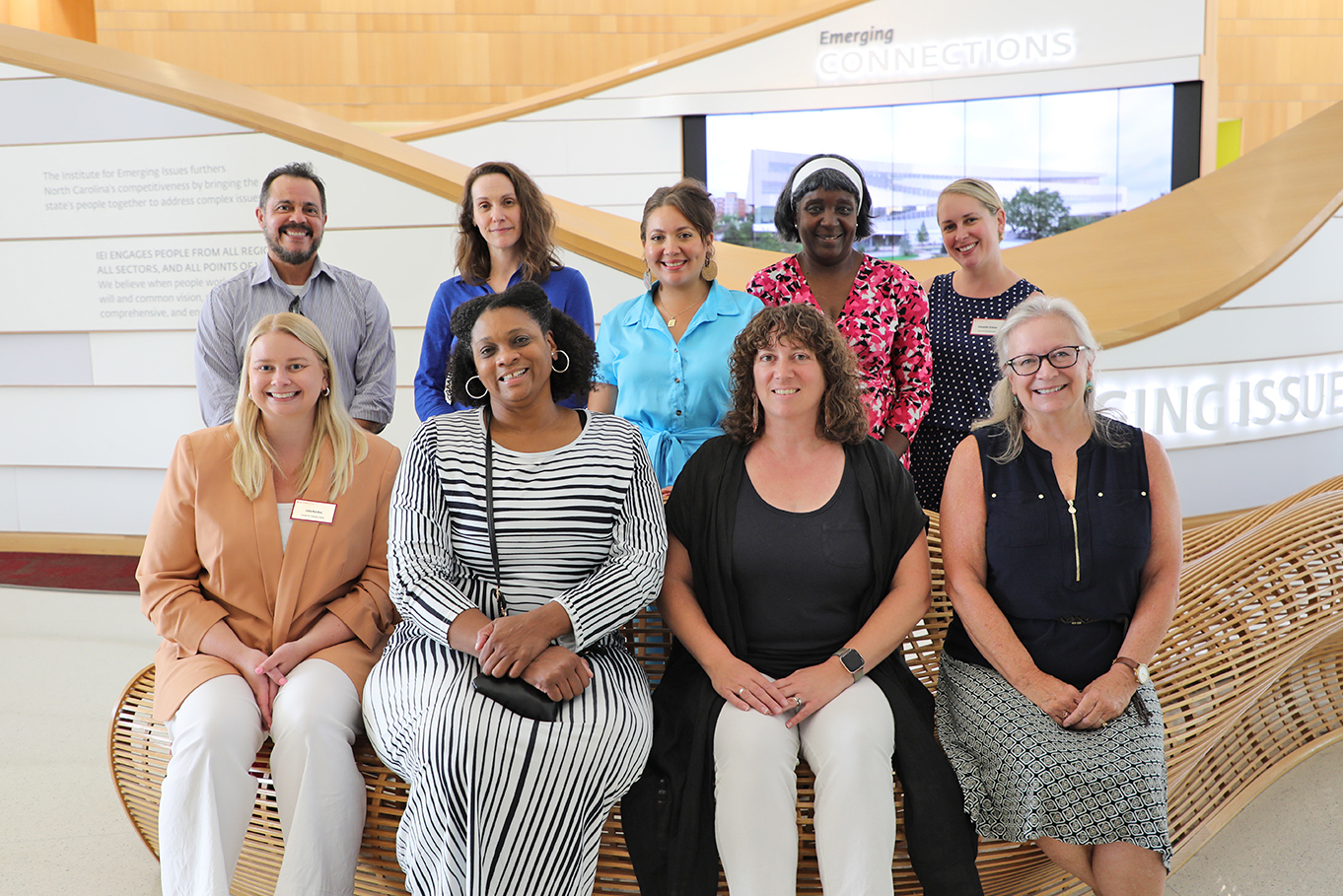Digital Redlining
Contributed by Caitlin Lancaster, NCSU student worker
COVID-19 has dramatically altered people’s lives and forced many people, especially students, to turn to digital methods to complete work or school. Through this transition, we have seen the injustices and inadequacies regarding access to broadband. Jenna Leventoff, Senior Policy Counsel at Public Knowledge, recently hosted a Zoom call with a diverse group of people to discuss the connectivity barriers and digital redlining in marginalized communities that exist through a lack of adequate broadband service. Broadband is essential, not only for students to learn and parents to work, but because it allows us to access telehealth, support small businesses, connect with friends and families, and apply for COVID-19 federal stimulus checks. Forty-two million people do not have access to broadband, with people of color representing 75% of those who are unconnected. According to the Pew Research Center, a third of those that identify as Black or African American lack broadband and nearly 40% of Hispanic or Latinos are without. But these numbers are just the tip of the iceberg, as numerous challenges abound.
Communities also face digital redlining, which the Robert Wood Johnson Foundation defines as, “major network providers systematically excluding low-income neighborhoods from broadband service—deploying only sub-standard, low-speed home internet.” Even for households that do have access to broadband, they often face a lack of choice among providers, with a third of communities having only one option for broadband providers. This reduces competition and the opportunity to negotiate for better broadband service. As broadband services are evolving and becoming more efficient, there is also a disproportionate number of communities of color who are not receiving these upgrades. It’s also unclear the network resilience during natural and other disasters in the communities. But lack of transparency by network providers makes it difficult to identify these communities. More openness with this data can help us compare costs in different communities and allow us to see if the start-up time after disasters is the same throughout all communities. If not, we can begin to look for a pattern of redlining. It is difficult to really understand the weight of redlining if we do not have all of the information.
Overall, access to the internet in 2020 is an essential good, which history reveals can lead to further inequities, especially in communities of color. COVID-19 has brought the digital divide to light, but we need to ensure that the light is shining on all of the inequities. Only then can we begin to work to dismantle them.
- Categories:


